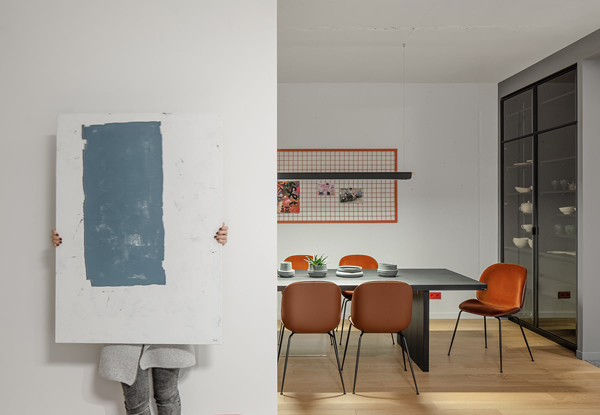For A Free Quote
Call Now:
402-275-1235
Looking for Interior Painters in Lincoln, NE?
Let us help you enhance the interiors of your home at affordable rates.
We can confidently say that your search for an interior painter has come to an end because our interior painting services are the most sought after in the whole of Lincoln, Nebraska.
In this article, we will be answering some of the common questions a lot of homeowners have when it comes to painting interiors of their homes.

When to paint the inside of a house?
Painting your house’s interior walls is the perfect strategy to protect them as paint helps keep the moisture out, it prevents mold or mildew from building up and it also repels dirt, dust, and allergens.
But you need to keep in mind that apart from knowing all of these benefits of interior painting, you also need to know when to paint interior walls.
Now no doubt that the best way to know if your walls need new paint or not is when you get tired of the current color, but there are more signs that your walls will give you.
Here are a couple of those sings that you need to look out for:
- Fading Paint
- Cracking or
- Flaking
- Damaged Walls
- Stains and Mold
- Water Damage
How often to paint a house interior?
Although the signals that we just talked about will give you an idea of when it is the time to paint your interiors. But let’s say in case nothing goes wrong with your walls and as good as they might seem to you on the outer surface, it might be a completely different story on the inside.
In this case, you might be wondering what frequency you should be looking at in terms of time. And from our years of experience, we can say that house interiors require new paint every 5-7 years.
This time range may vary based on what area of the house we are talking about because some walls such as the living room in your house might need to get repainted more frequently than others due to daily wear and tear.
We suggest using high quality and durable paints for maximizing the frequency gap between paintings to about 10 years.
Types of interior paint finishes
Paint comes in several finishes for interior walls and choosing the right type for interior painting is as important as choosing the color because it will have a major effect on the overall appeal of your room and quality of the paint job.
Every paint finish has its own advantage and best use, and understanding them will help you better decide which finish is best for your project.
Flat (or matte)
Provides the least reflective sheen of all, at the same time offers most coverage which makes it easy to hide any imperfections such as nail holes or patches. They are the least durable and not so easy to clean as using a cleaner can damage the paint.
Ideal for drywalls, ceilings, and areas with less foot traffic like adult bedrooms and dining rooms.
Eggshell
This is the most popular finish, comes between flat and satin on the sheen, with a soft surface like a true eggshell, still offering good coverage but with better durability making it easier to clean.
Great for places with low-to-mid traffic, like hallways, entryways, and living rooms.
Satin
Provides velvety sheen that is slightly glossier than eggshell, offers a decent amount of durability, is easy to clean and great when it comes to resisting mildew and fading.
Makes a great choice for high-traffic areas family rooms, foyers, kids bedrooms, and humid spaces like bathrooms and laundry rooms.
Semi-gloss
More or less like a satin finish when it comes to durability and ease of cleaning, offering more noticeable and reflective sheen. The glossier finish is prone to showing imperfections more than less shiny paints.
High resistance to moisture makes it a perfect choice for areas with higher humidity, like bathrooms, kitchens, laundry rooms, and utility rooms.
High-gloss
The most reflective paint finish of the bunch, it offers the highest durability and can stand up to multiple cleanings. The glass-like finish helps you make a statement but can also reveal any imperfections if applied incorrectly.
Consider this one for doors, window trims, accent walls, cabinets, and moldings.
